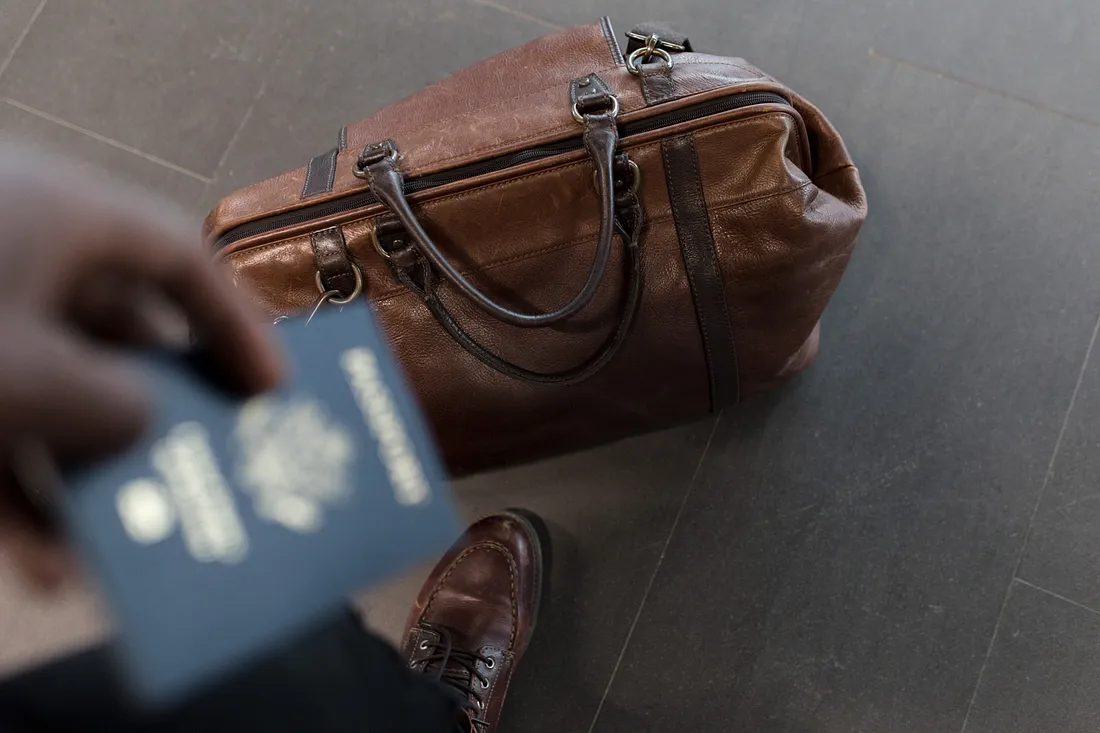
Round trip: Is business travel back?
Last year, I wrote about the airline industry revamping the business class experience. From new seating to destination-inspired menus, all signs pointed to the sector betting on work travel for its COVID-19 pandemic recovery. While it looks like their bet has paid off, travel and hospitality insiders should keep an eye on possible turbulence ahead.
Business travel rebounds
When travel restrictions and remote work grounded business travel, many wondered if it would ever return to previous levels. Last year, business travel was almost two-thirds of where it was before the pandemic. This year, 32 percent of people plan to travel for work, compared to the 16 percent who planned to travel last year. Even the majority of remote workers plan on traveling for their jobs this year.
So, what’s driving the business travel revival? Surprisingly, smaller businesses reported more travel plans this year than larger companies. In a Morgan Stanley survey, two-thirds of companies with less than $1 billion in annual revenue expected to increase their travel budget this year. On the other hand, less than half of billion-dollar-plus businesses are expected to.
Younger workers are also fueling business travel growth, as millennial and Gen Z employees are more likely to travel for work within the year.
A murky forecast
While business travel is doing better than expected in the wake of the pandemic, it is still not in the clear. As costs continue to rise, the global economy is top of mind for many. Of course, this affects everything from plane tickets to restaurants, but those in hospitality should also pay attention to potential shake-ups in their industry.
For example, high room rates could leave companies looking at budget hotels and short-term rentals to save during work trips. Expensive rates might be especially concerning for smaller companies with tight travel budgets.
Professional events and conferences could also take a hit, as attendance costs per person will likely increase by 25 percent compared to 2019.
The travel industry should be on the lookout, as well. One concern, international business travel hasn’t roared back as strongly as domestic travel (due in part to companies restricting expensive business-class airfare). Future fuel prices could also largely impact airlines–as well as ground travel.
What will it take to get back on the road?
Travel and hospitality suffered a staggering amount of setbacks since 2020. Many recent events have hugely impacted these industries–from pandemic-related restrictions and regulations to extreme weather and inflation.
With so many uncertainties, it’s hard to predict just how much business travel will bounce back in the coming years and what it will look like across the globe.
While today’s climate is unpredictable, there are silver linings. Trends like “bleisure” (when employees extend their business trips into leisure trips) and employees traveling as they work remotely (known as “flexcation”) are growing and creating opportunities for those in travel and hospitality. Younger workers are especially embracing these trends.
Given the ups and downs of global economies, politics and events, it’s impossible to say when business travel will return to pre-pandemic levels. However, it’s clear smaller companies, millennials and Gen Z are helping to drive its recovery.
As we watch business travel’s comeback, I would pay close attention to how this new class of travelers redefines the work trip.



